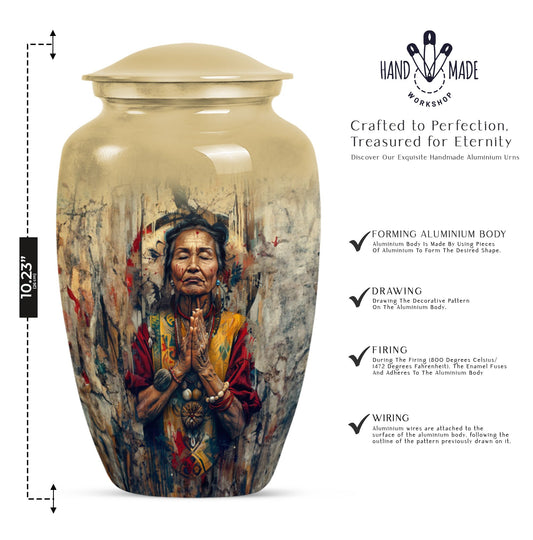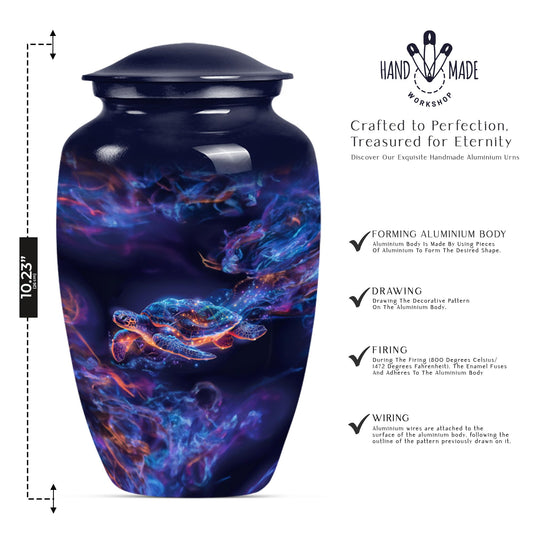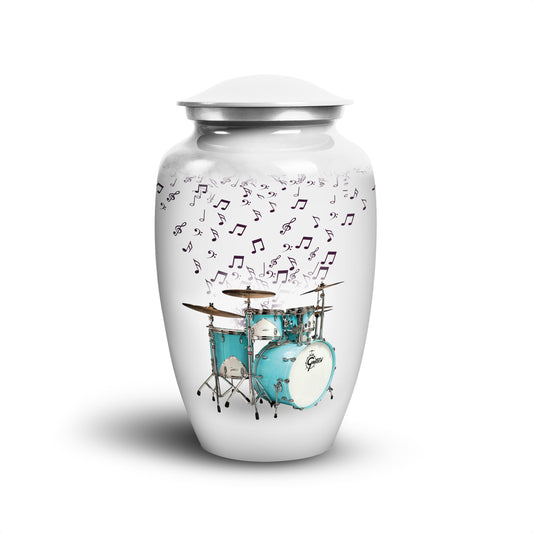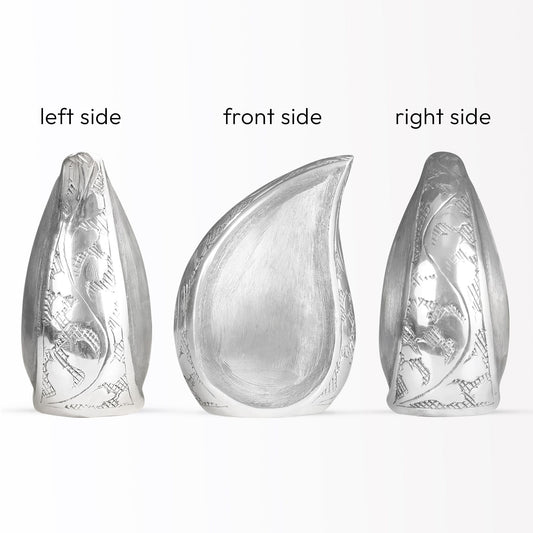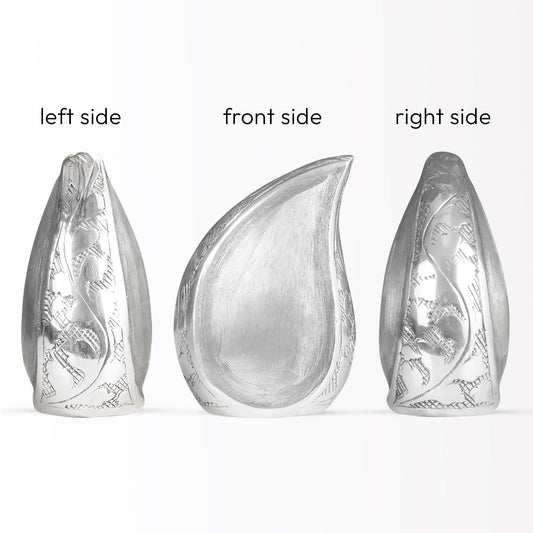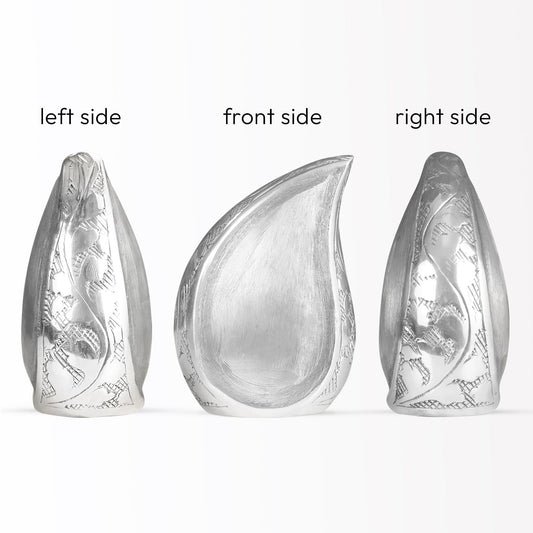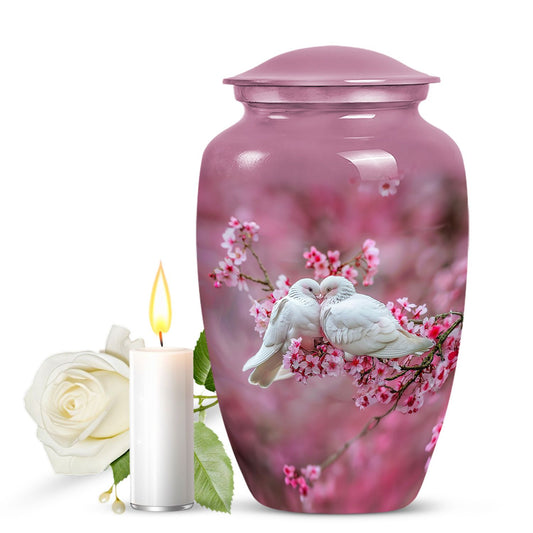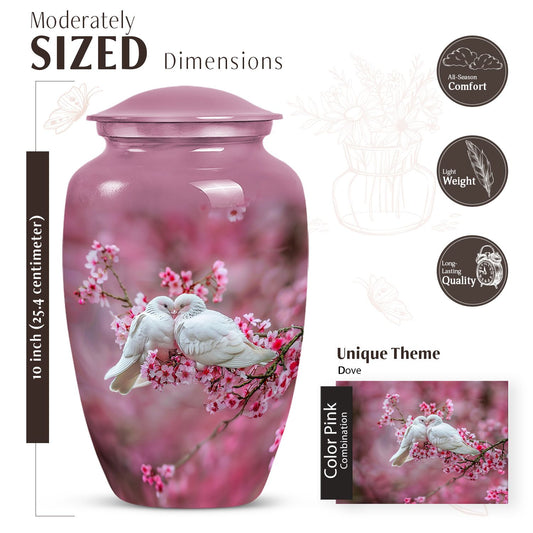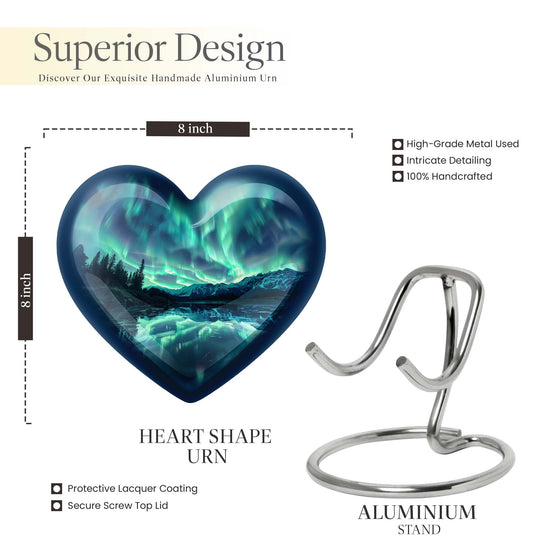Popular Urns
What Are The Rules And Regulations For Practicing Cremation In Canada?
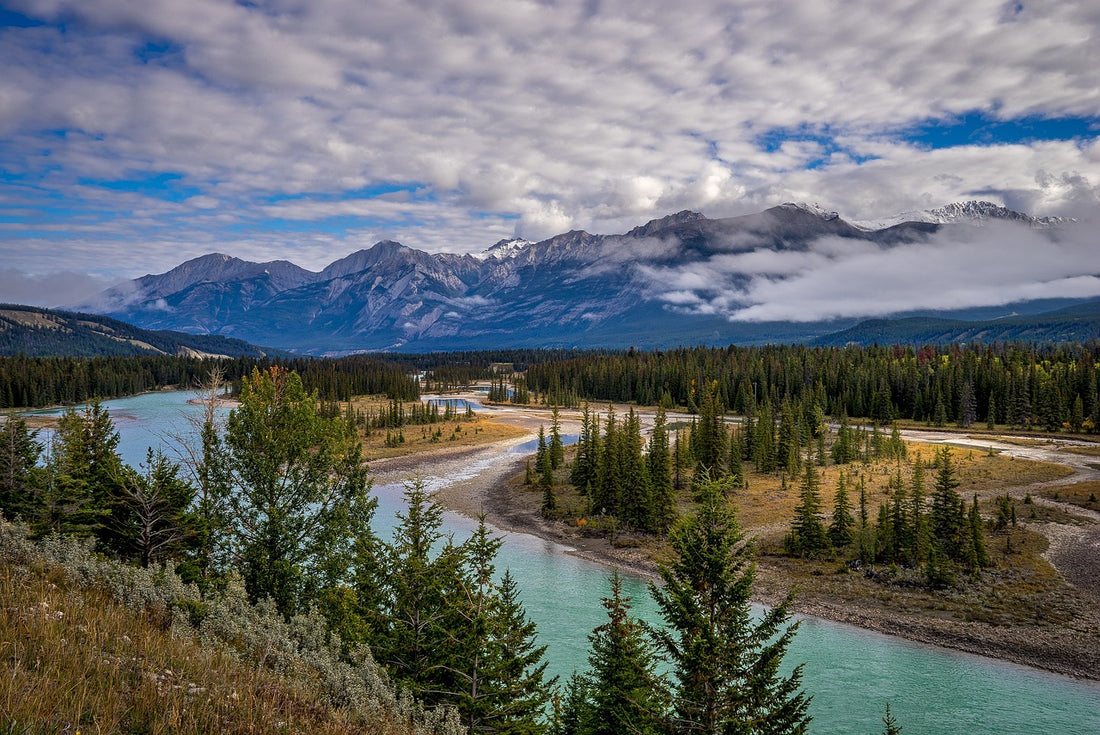
Practicing Cremation In Canada
Cremation is one of the most widely practiced final disposition practices in Canada, allowing families to find a more meaningful and practical way to hold onto their loved ones. Nevertheless, the process of cremation is strictly regulated through various rules and regulations set forth across the provinces and territories of Canada. The paper presented here is an overview of the legal framework, requirements, and considerations on cremation in Canada.
Legal Framework for Cremation in Canada:

Cremation is regulated practice in Canada through provincial and territorial governments. Every province and territory has laws which ensure that cremation practice is legal, ethical, and environmentally sound. For example, the laws stipulate where cremations may be conducted, handling procedures for the remains, and documents needed before conducting cremation.
The funeral homes and crematories have to observe such laws in order to keep their licenses and ensure safe and respectful delivery of services.
Documentation and Authorization:
There are various forms that need to be filled out before cremation. These include a medical death certificate from a professional and an authorization for cremation by the next of kin or the executor of the estate. Depending upon the province, the authority of the coroner has also to be obtained and that is such that ascertains no further investigation is required to know about what caused the death". The family or executor needs to go through these documents, sign and accept the agreement for the cremation process.Regulation of Crematoriums:

Crematoriums in Canada are strictly regulated concerning safety and environmental compliance. These crematoriums operate in designated areas, with their equipment, emissions, and waste disposal strictly monitored. Provincial authorities regularly inspect the crematoriums to ensure legal compliance.
For instance, emission of pollutants is regulated to minimize the impact on the environment, and operators are trained in handling remains with care and respect.
Remains' Disposition:
The cremated remains, or ash, is another regulated aspect in cremation in Canada. There are various options given to the family for final ash disposition, such as interment in a cemetery, scattering in a defined area, or keeping at home in a cremation urn. Provinces such as British Columbia and Ontario have additional regulations regarding scattering ashes in public or private land. For example, the landowner might allow scattering on private land but a local or regional ordinance might cover scattering in public parks and waterways.
Cultural and Religious Considerations:
Because of the multiculturality in society in Canada, cremation practices are usually adopted according to the different culture and religious beliefs. Certain religious traditions do not accept or discourage cremation. Other traditions include it within their funeral rites. The crematoriums and service providers for funerals thus became sensitive to these practices by providing ceremonial rooms in rituals or customized urns according to the culture followed by the family.
Preplanning and Costs:

Preplanning is becoming the new fad in Canada; very many people make preferences whilst limiting the burden on their family members. Most crematories and funeral homes present the option of pre- paid plans that will freeze costs currently and ensure that wishes have been documented. The cremation often costs less in Canada depending on the province in addition to the options which can be selected. Families should scrutinize contracts to find out what is included. These include the cremation fee, the urn, and any additional services they might need.
Environmental Considerations:
Cremation has a smaller footprint than traditional burial. However, it is not without effect. It uses energy and emissions are produced. This is why many crematoriums in Canada embrace green technologies. Water cremation, also known as alkaline hydrolysis, is the new substitute where water and chemicals dissolve remains.
As conducted within a vast scope of laws and legislations, in Canada, the practice of cremation exists, aiming at dignity toward the dead, environment conservation, and assisting in bereavement to family. Knowing this statutory provision relieves the sorrowful agony while making those painful decisions in a family situation. Regardless of whether there is a pragmatic reason, culture, or a personal matter, Canadian people can trust the regulated procedure by maintaining dignity throughout each stage of the process.
















